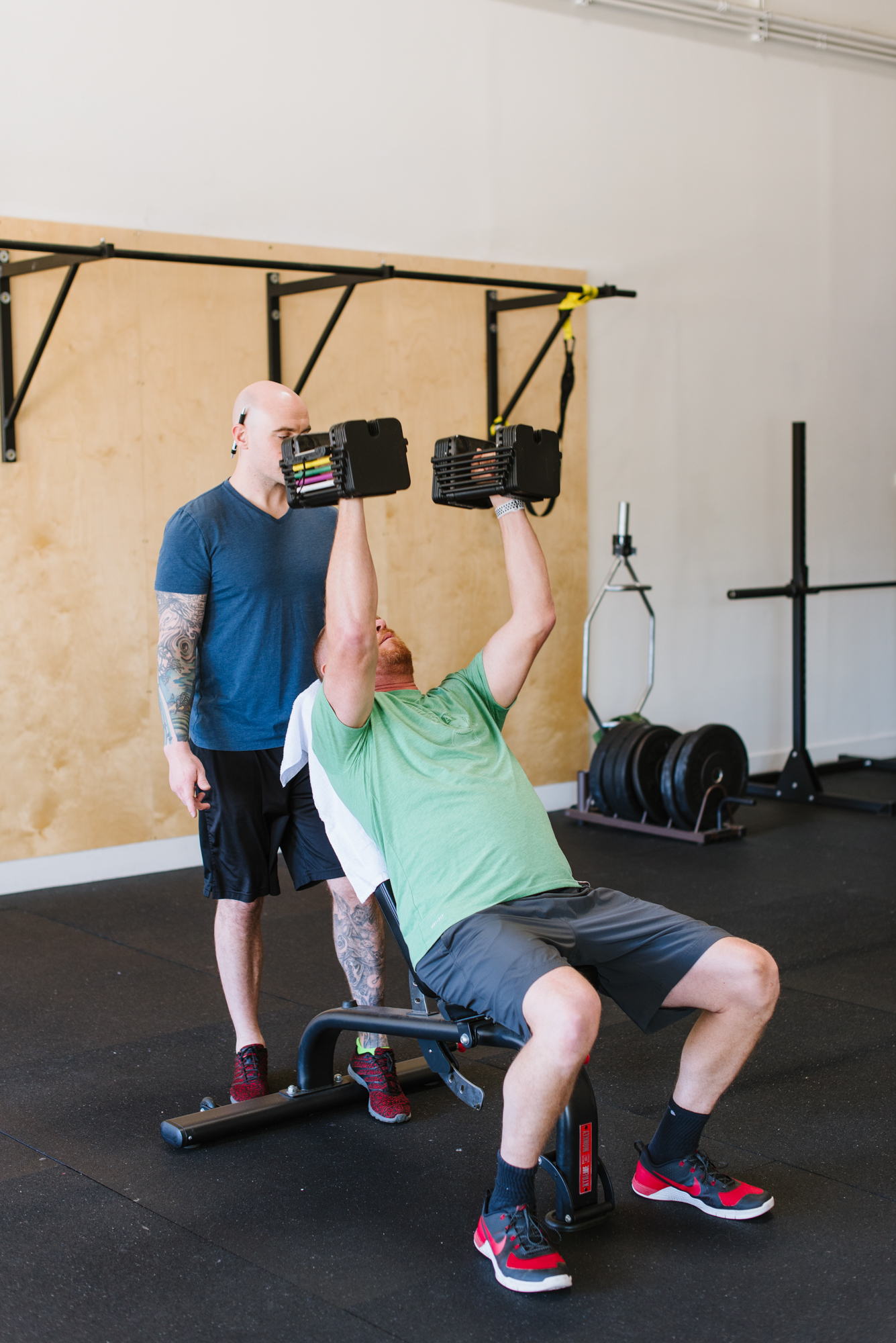Chronic pain presents itself in a wide range of symptoms throughout the general population. Degenerative bone disease, recovering from significant orthopedic surgeries, or joint misalignments are some conditions contributing to prolonged periods of pain. Chronic pain can be defined as a symptom of unresolved physical pain that has negatively affected the productive functionality of a person for up to three months. Examples of the negative impact of chronic pain include disrupting one’s ability to walk, get a full night’s sleep, or perform enjoyable recreational physical activities.
The effects of chronic pain arise at unique times throughout a human’s life. Sometimes, the occurrence of a random injury causing damage to the spine due to car crashes, picking something up the wrong way, or tripping and falling can result in dealing with some form of pain and discomfort daily. The repercussions of such injuries can cause prolonged periods of muscle guarding, nerve-related pain, and psychological and emotional stress. Additionally, degenerative bone diseases such as arthritis, spinal stenosis, or osteopenia can affect significant joints of the body, such as the neck, shoulders, spine, hips, and knees. Such conditions elicit profound signals of pain in areas of the body. Pain can present itself as searing, shooting, dull, or sharp sensations throughout particular regions of the body. Additionally, pain can be temperamental. It can present itself first thing in the morning, later in the day, or be triggered by activities that are hard to identify what caused the pain mechanism.
Exercise causes similar sensations to the pain signals arthritis and recovering from injuries give to the body. However, exercise-induced discomfort is a diminished pain response compared to chronic pain symptoms. After performing a set of pushups, a person can expect to feel a slight burning sensation in the chest, arms, core, lower back, and legs. Some people refer to this byproduct of exercise occurring within the muscle as a minor form of pain. Another example of activity-related pain can be from the effects of jogging, biking, or a bout of exercise on a rowing machine. The sensation of fatigue throughout the body and stress applied to the lungs produce bodily discomfort.
An abundance of research supports that routine exercise can potentially mitigate the effects of chronic pain. It should come as no surprise that adherence to a safe, effective, and efficient exercise routine offers positive physical adaptations toward the connective tissue infrastructure responsible for decreasing bodily pain. Stronger muscles, tendons, and ligaments act as brackets around joints to reduce bone-on-bone contact. Additionally, an efficient aerobic energy fends off heart disease and metabolic disease while also offering increased energy to support everyday life activities. However, the desire for an individual with chronic pain to enter an exercise routine that causes exercise-induced discomfort isn’t appealing mentally or emotionally. Therefore, a person dealing with chronic pain may not want to exercise because they don’t want to be in more pain.
A few potential solutions can help people overcome the daunting decision to enter an exercise program to decrease chronic pain:
- Advice from a professional: Seeking out the guidance of a qualified professional who understands your situation on both a physiological and emotional level serves as a supportive starting point toward decreasing chronic pain. Reflecting on the mechanism of pain to a professional willing to help opens up the opportunity to have someone else by your side to help solve the puzzle of reducing chronic pain. Physical therapists, bodywork professionals, and experienced personal trainers have made their lives work to aid people in living pain-free, happy, and strong. Having that support system is critically important to starting on a good step.
- Set a clear and attainable goal: Pain can cause psychological and emotional distress, creating a scenario in which people might be unable to think straight. It’s easy to get depressed when the same cycle of pain presents itself daily. However, taking some time out to set goals of what everyday life would be like with a decreased amount of pain aids in what tactics must be completed to feel better.
- Laying of plans: The support of a professional by your side and a clear and attainable goal serve as sturdy starting points to decrease chronic pain. After the foundation of support is complete, creating a weekly schedule to exercise, receiving therapeutic bodywork from a physical therapist or massage therapist, and passive recovery is another integral step in the journey of reducing pain. Reserving specific appointments for yourself and decreasing distractions in a weekly planned-out structure sets the stage for tactics toward pain reduction efforts.
Reducing pain is a constant dynamic that needs to be addressed consistently. The ability to completely eliminate pain symptoms of chronic pain is a challenge. Taking time out to consistently decrease contributing factors of pain through skilled exercise selection and adherence to rehabilitation techniques play a pivotal role in living a life with less pain.
Sean McCawley, the founder and owner of Napa Tenacious Fitness in Napa, CA, welcomes questions and comments. Reach him at 707-287-2727, napatenacious@gmail.com, or visit the website napatenaciousfitness.com.

